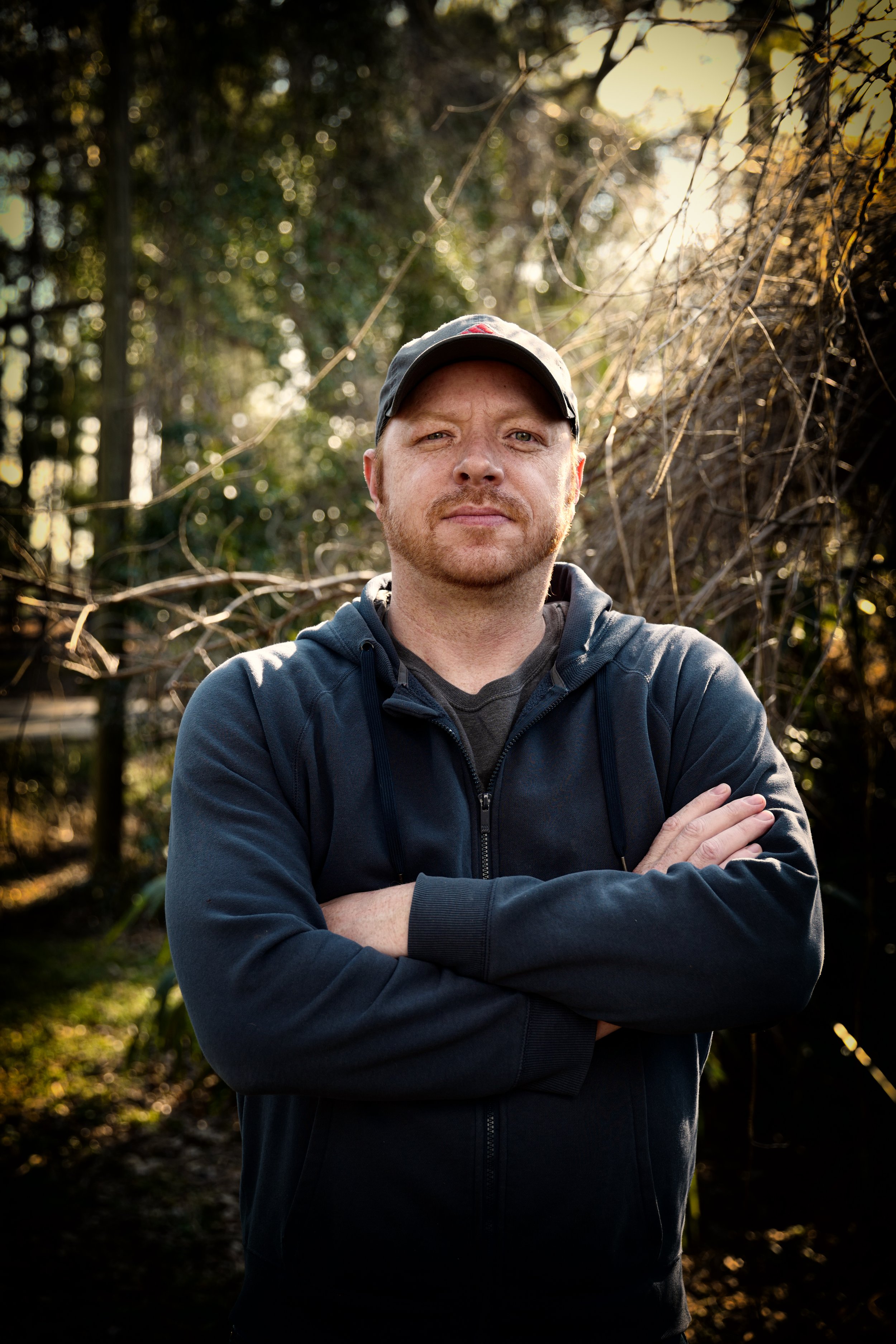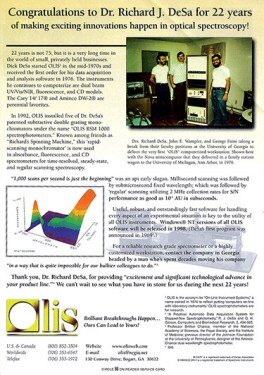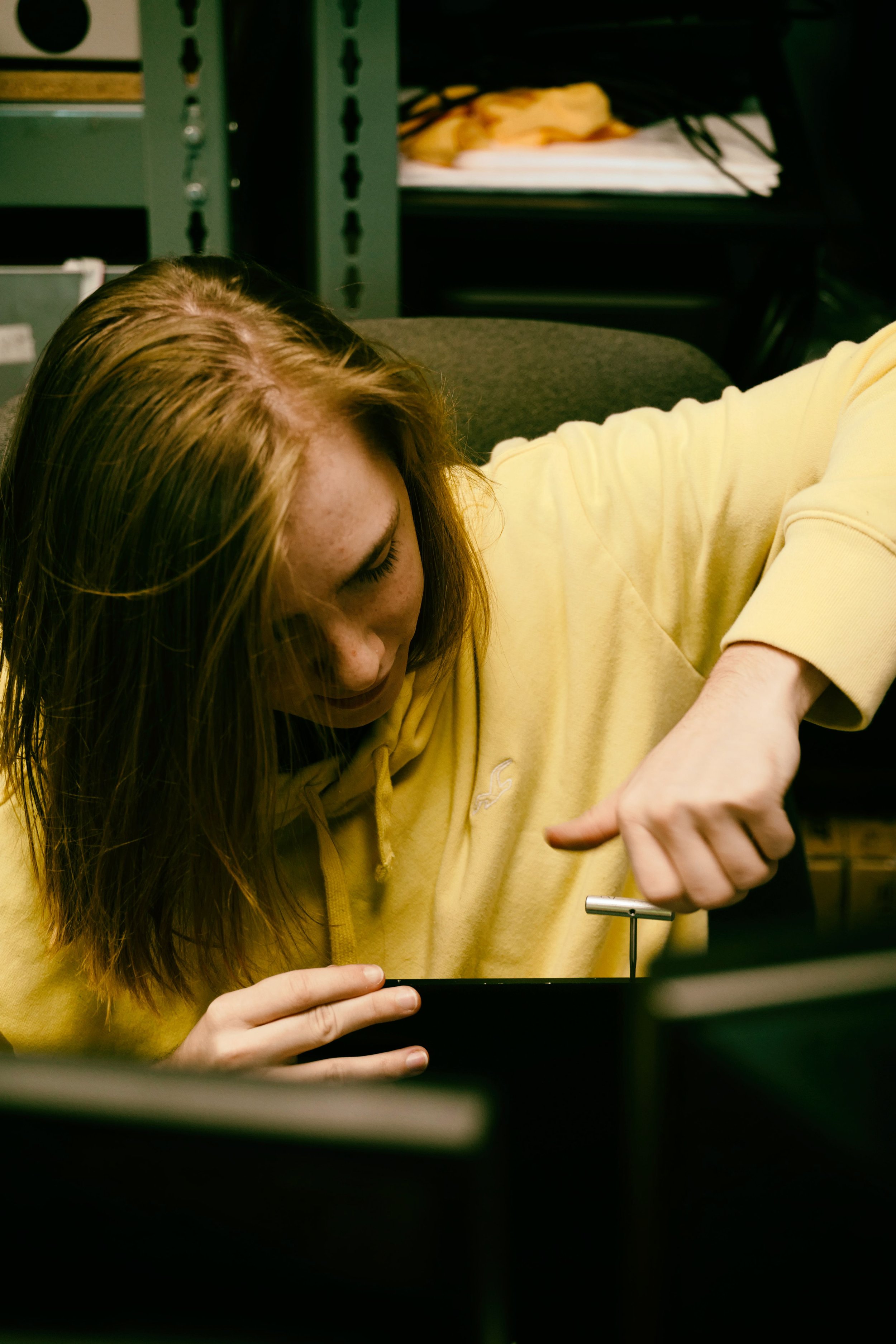The 25-Second Trick For Uv/vis/nir
Wiki Article
The Greatest Guide To Uv/vis
Table of ContentsThe Buzz on Uv/vis/nirUv/vis/nir - TruthsExamine This Report about Circularly Polarized LuminescenceLittle Known Facts About Uv/vis/nir.The smart Trick of Circular Dichroism That Nobody is Talking About

Although spectrophotometry is most typically applied to ultraviolet, visible, and infrared radiation, contemporary spectrophotometers can question wide swaths of the electro-magnetic spectrum, consisting of x-ray, ultraviolet, visible, infrared, and/or microwave wavelengths. Spectrophotometry is a tool that depends upon the quantitative analysis of particles depending upon just how much light is taken in by colored substances.
Top Guidelines Of Spectrophotometers
A spectrophotometer is frequently used for the measurement of transmittance or reflectance of solutions, transparent or opaque solids, such as refined glass, or gases. Although numerous biochemicals are colored, as in, they soak up visible light and therefore can be determined by colorimetric procedures, even colorless biochemicals can typically be converted to colored substances suitable for chromogenic color-forming responses to yield substances suitable for colorimetric analysis.: 65 Nevertheless, they can also be developed to determine the diffusivity on any of the listed light varieties that generally cover around 2002500 nm using various controls and calibrations.An example of an experiment in which spectrophotometry is utilized is the decision of the balance constant of an option. A certain chemical response within a service may happen in a forward and reverse instructions, where reactants form items and products break down into reactants. At some time, this chain reaction will reach a point of balance called a balance point.
Getting My Circular Dichroism To Work
The amount of light that travels through the solution is indicative of the concentration of certain chemicals that do not enable light to go through. The absorption of light is because of the interaction of light with the electronic and vibrational modes of particles. Each type of molecule has a private set of energy levels associated with the makeup of its chemical bonds and nuclei and therefore will soak up light of particular wavelengths, or energies, resulting in special spectral properties.
They are widely used in numerous markets including semiconductors, laser and optical production, printing and forensic examination, as well as in labs for the study of chemical substances. Spectrophotometry is often utilized in measurements of enzyme activities, determinations of protein concentrations, determinations of enzymatic kinetic constants, and measurements of ligand binding reactions.: 65 Eventually, a spectrophotometer is able to determine, depending on the control or calibration, what substances are present in a target and precisely how much through computations of observed wavelengths.
Developed by Arnold O. Beckman in 1940 [], the spectrophotometer was created with the help of his associates at his company National Technical Laboratories founded in 1935 which would become Beckman Instrument Business and ultimately Beckman Coulter. This would come as a solution to the formerly produced spectrophotometers which were not able to take in the ultraviolet properly.
The 7-Second Trick For Uv/vis
It would be discovered that this did not provide satisfying outcomes, for that reason in Design B, there was a shift from a glass to a quartz prism which enabled better absorbance results - UV/Vis/NIR (https://padlet.com/julieanndesalorenz30606/olis-clarity-srqqvp7768okh664). From there, Model C was born with an adjustment to the wavelength resolution which wound up having three systems of it producedIt was produced from 1941 to 1976 where the cost for it in 1941 was US$723 (far-UV accessories were an option at extra cost). In the words of Nobel chemistry laureate Bruce Merrifield, it was "most likely the most crucial instrument ever developed towards the development of bioscience." Once it became ceased in 1976, Hewlett-Packard produced the very first commercially readily available diode-array spectrophotometer in 1979 called the HP 8450A. It irradiates the sample with polychromatic light which the sample takes in depending upon its properties. Then it is sent back by grating the photodiode range which discovers the wavelength area of the spectrum. Ever since, the production and implementation of spectrophotometry gadgets has increased profoundly and has become one of the most innovative instruments of our time.

Uv/vis/nir - Truths
Historically, spectrophotometers use a monochromator including a diffraction grating to produce the analytical spectrum. The grating can either be movable or fixed. If a single detector, such as a photomultiplier tube or photodiode is used, the grating can be scanned stepwise (scanning spectrophotometer) so that the detector can measure the light strength at each wavelength (which will represent each "step").In such systems, the grating is repaired and the strength of each wavelength of light is determined by a various detector in get redirected here the array. In addition, most contemporary mid-infrared spectrophotometers utilize a Fourier change method to get the spectral details - https://www.pearltrees.com/olisclarity1#item574664694. This method is called Fourier change infrared spectroscopy. When making transmission measurements, the spectrophotometer quantitatively compares the fraction of light that passes through a reference service and a test option, then electronically compares the strengths of the 2 signals and computes the percentage of transmission of the sample compared to the referral requirement.

Report this wiki page